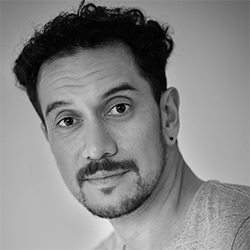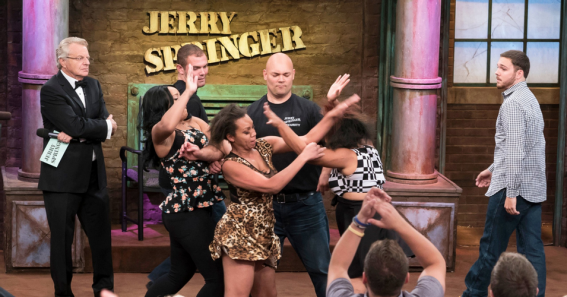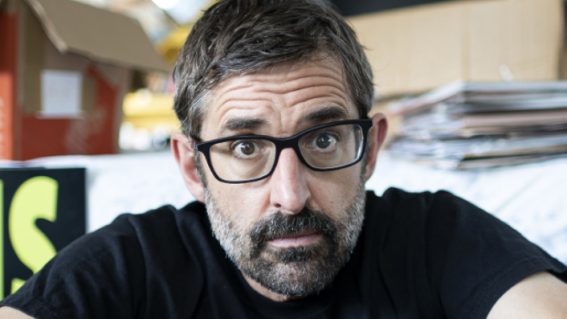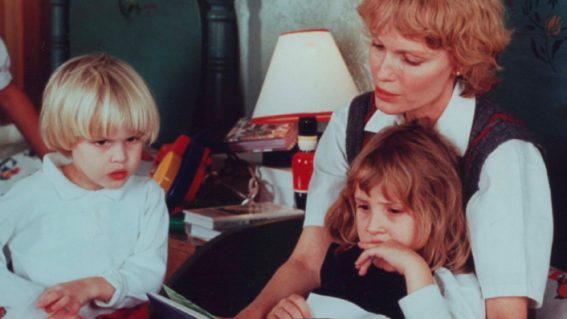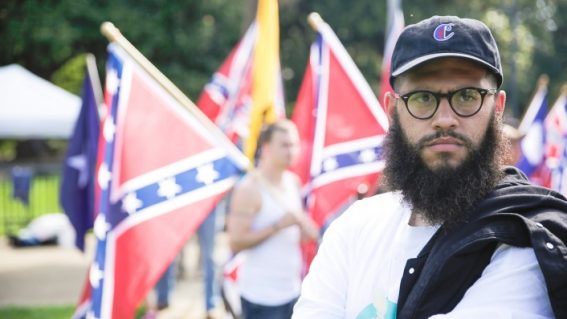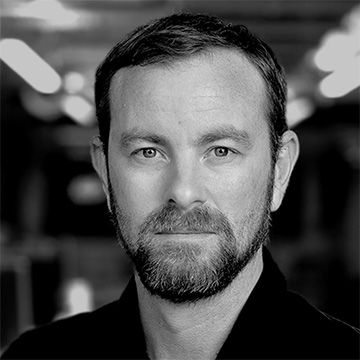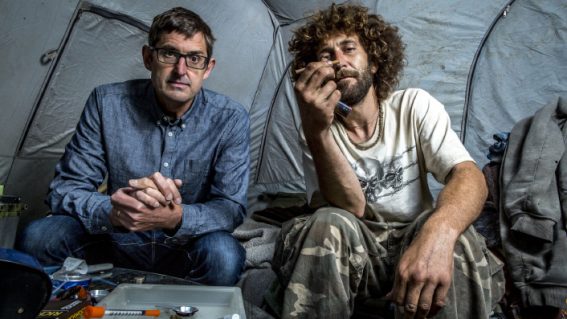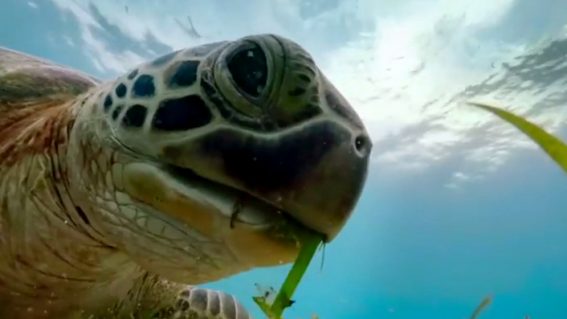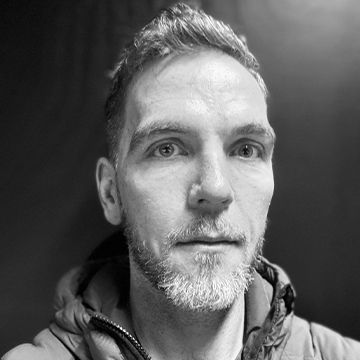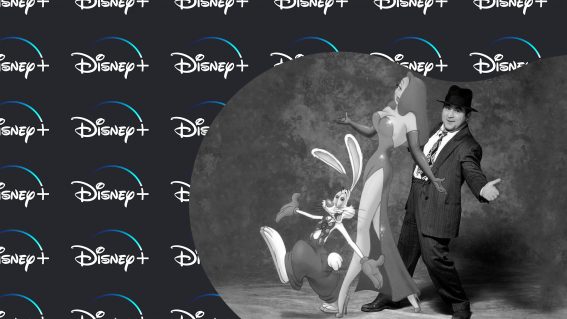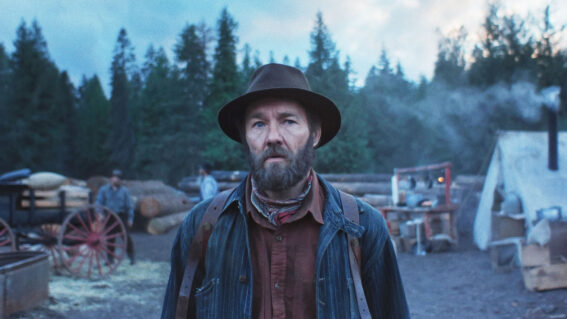Dark Side of the Ring returns, exploring wrestling’s shadowy corners of spandex and blood
This season is the longest yet, with stories from across the strange history of pro wrestling.
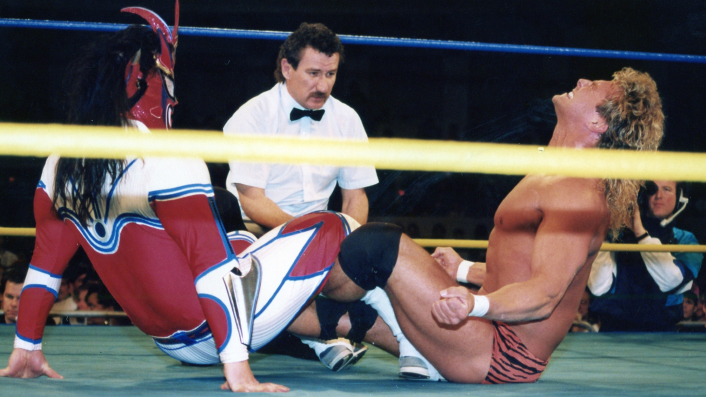
A fascinating double episode kicks off the new third season of Dark Side of the Ring – watch it now on Neon. It’s not a show for the kids, writes James Nokise – unless your children really want to become wrestlers… but this show confirms you really don’t want them to.
Before the Marvel Cinematic Universe gave audiences an excuse to sit and cheer on fully grown adults in spandex for hours, then discuss plot points at work and school for months on end, the world of professional wrestling was the urban fantasy de jour.
It was an era of hairspray, cocaine and mullets—yeah, it was the late 80s and early 90s.
See also:
* Everything new coming to Neon
* All new streaming movies & series
Professional Wrestlers were very much living breathing comic book characters. Their “gimmicks” were often tied to something resembling a superpower. The Undertaker was supernatural, Andre the Giant was 7’4, and Jake “The Snake” Roberts had an actual python (that fans knew as Damian) he brought to the ring.
The most popular performer of the era was Hulk Hogan whose bulging, steroid-enhanced muscles made him a genuine American 80s icon. This bought him movie roles, television shows, and arguably the weirdest cartoon of the 80s, Hulk Hogan’s Rock ‘n’ Wrestling. His popularity became so large it was dubbed Hulkamania, possibly the second great “mania” of pop culture after Beatlemania during the 60s, and before Spicemania in the 90s and Jacindamania last decade.
But with any bright lights there are pockets of shadows, and it is in these dark corners of spandex and blood that Dark Side of the Ring looks to explore.
Now in its third season, Dark Side of the Ring is a behind-the-scenes look at stories that often show the cost of a life and career spent performing physically demanding activities with intense, sometimes mildly insane, personalities. And while it’s definitely made for wrestling fans, the content (language, drug-taking, suicide, murder) aren’t really for the younger ones. Unless your children really want to become wrestlers… but this show confirms you really don’t want them to.
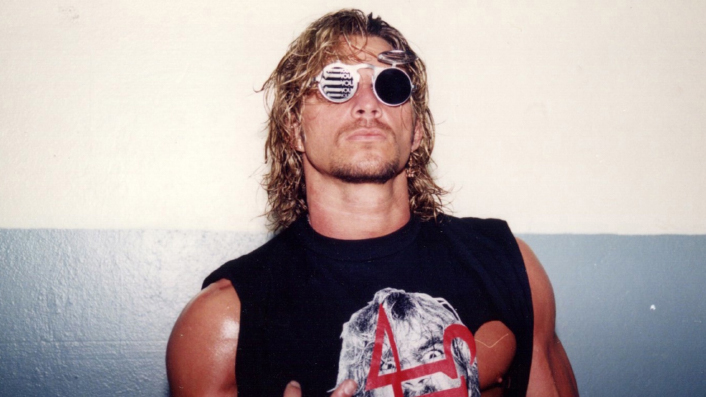
Whereas season one started with Hulk Hogan’s one-time tag-team partner, the iconic “Macho Man” Randy Savage, and season two opened with the tragic life—and horrific death—of renowned wrestler Chris Benoit and his family, this season begins by looking at the cautionary tale of a lesser-known, but incredibly influential wrestler, Brian Pillman.
Pillman was an innovator of what’s known in wrestling as the “Loose Cannon” persona (which also became his own nickname), a sort of wrestling version of Marvel’s Deadpool, bending if not breaking the fourth wall between performers and audience. Pillman’s use of the gimmick was so extreme that even when he was in an actual car crash, wrestlers he worked with were initially unsure it was real. Former WWE executive Jim Cornette is almost in awe, excitedly recounting “He was convincing people he was insane!”
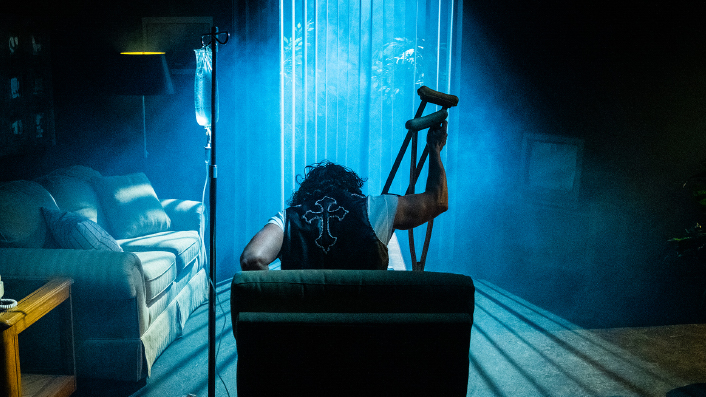
While Pillman’s death from heart failure at 35 is the central tragedy, it’s the compelling fallout from his lifestyle and its effect on those closest to him that manages to make a simple story of an athlete gone too soon into a full-blown double episode leading in season 3.
To really hammer home to the audience that Brian Pillman is someone whose story they should want to hear, the first interview out of the gate is his former tag team partner, hall of fame wrestler “Stone Cold” Steve Austin, considered one of the greatest performers of all time.
“We made chicken shit into chicken salad,” pronounces Austin when discussing their short-lived tag-team The Hollywood Blonds, and you half expect him to crack open a beer on the spot and declare his trademark “…and that’s the bottom line, because Stone Cold says so”. But the show is never that clichéd.
Instead, we get to see one of the most successful WWE wrestlers of all time be genuinely upset, almost 30 years later, for being fired from a less successful company for not succeeding with a much weaker “gimmick”. Does it make sense? Not really. Is it plausible? Absolutely. Does it come across authentic? Completely. And it’s that low-energy, reflective, retrospective realism that allows Dark Side of the Ring to show a “legend” not simply grieving his friend, but the possibility of his friend’s career.
Watching one of wrestling’s hardest men talk about his love for Pillman, as well as seeing him look slightly lost talking about calling Pillman’s widow and son, is as compelling as any fan of sports drama could want. These are also the kind of traumas that perhaps can only be told with such clarity and candor after enough time has passed.
But if you’re not up to speed on wrestling personalities and lingo, don’t feel shut out. Dark Side of the Ring also educates as it goes, anticipating that many viewers won’t have insider industry knowledge. It jumps from former executives to former journalists to former wrestlers to family members and friends in such a way that the information always feels like it’s part of the episode’s story and not an index crowbarred in to keep you up to speed.
There are also flashback recreations, presented in soft focus without any dialogue, so it’s not just all talking heads and wrestling clips. A little manipulative, but this is the wrestling world, and as Pillman’s friend and former strength coach, Kim Wood, notes “this thing runs on attention”.
As in season two, the narrator for the series is wrestling legend Chris Jericho, whose voice is almost unrecognisable from his energetic ring persona, but who lends an extra layer of authenticity to each episode for fans.
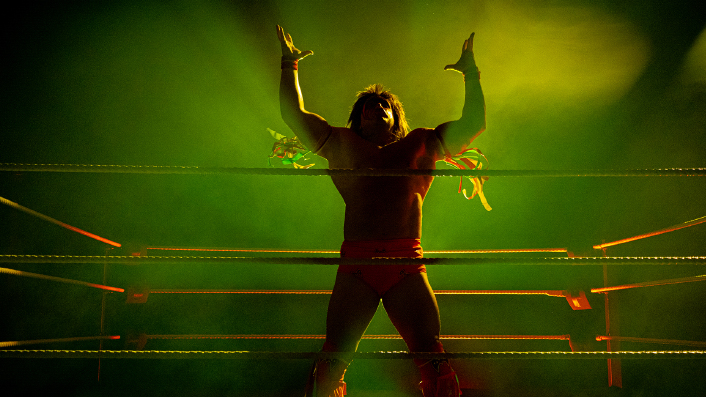
This season is the longest yet, with fourteen episodes, and contains a wide range of stories from the strange and varied history of professional wrestling (including The Ultimate Warrior, “The Plane Ride from Hell” and United States v. McMahon).
Most episodes are singular contained stories, with only the Pillman story and season two’s opening, Benoit, as double episodes. All have a central theme of looking at what happens when the ring persona doesn’t stay in the ring which is perhaps summed up best by WWE former executive Bruce “Brother Love” Pritchard:
“It’s life imitating art and then sometimes art imitates life, and then you get really fucked up.”
